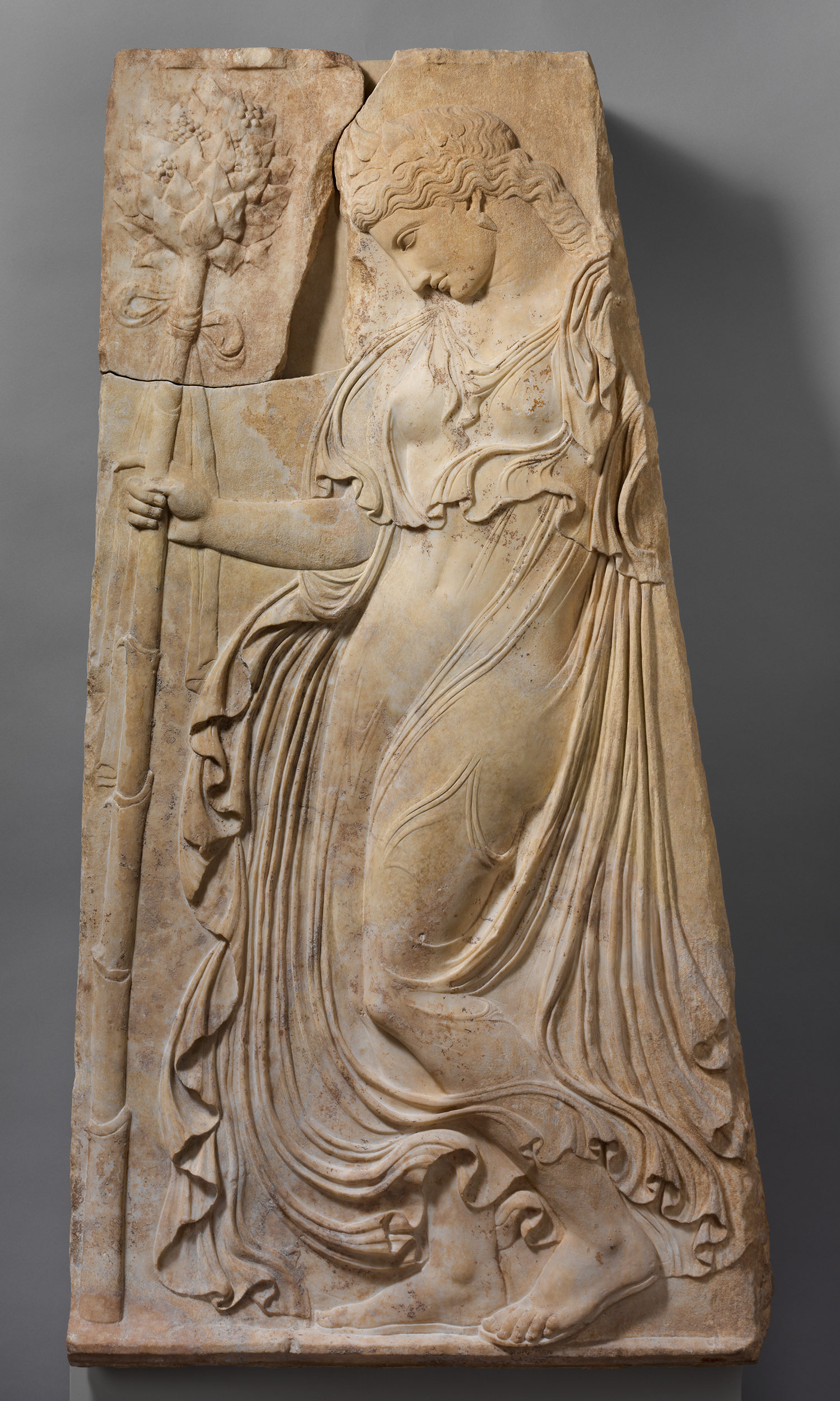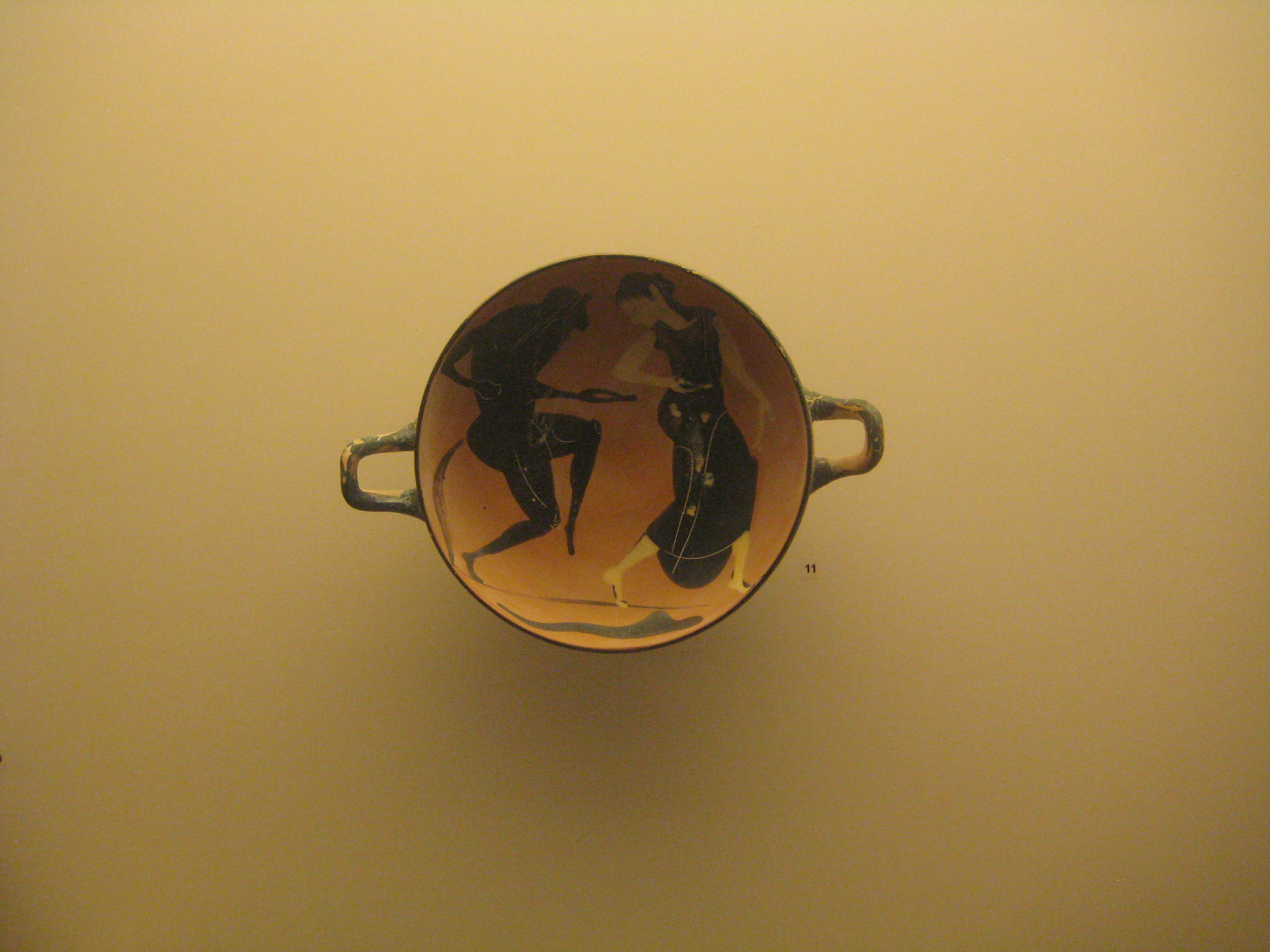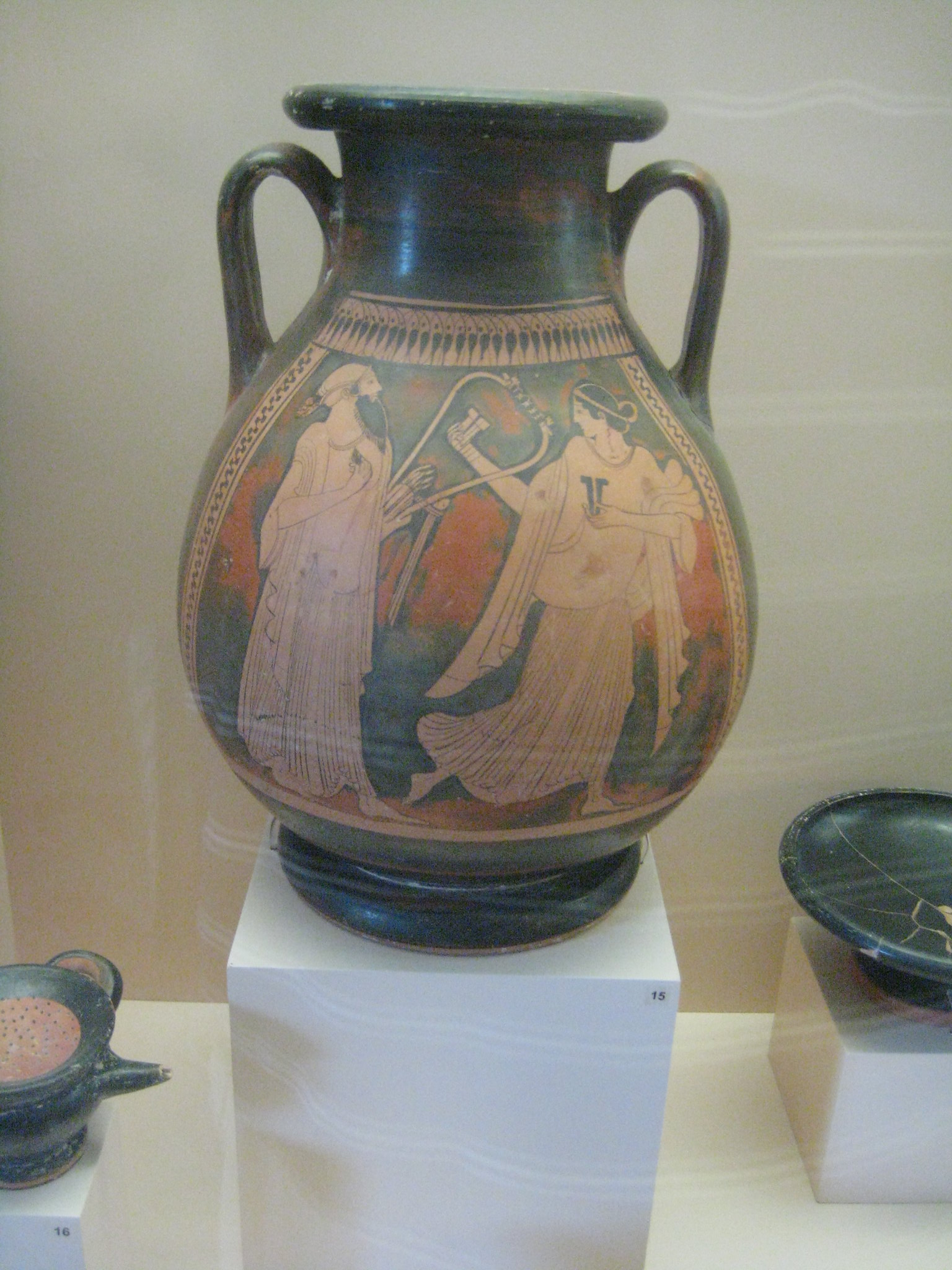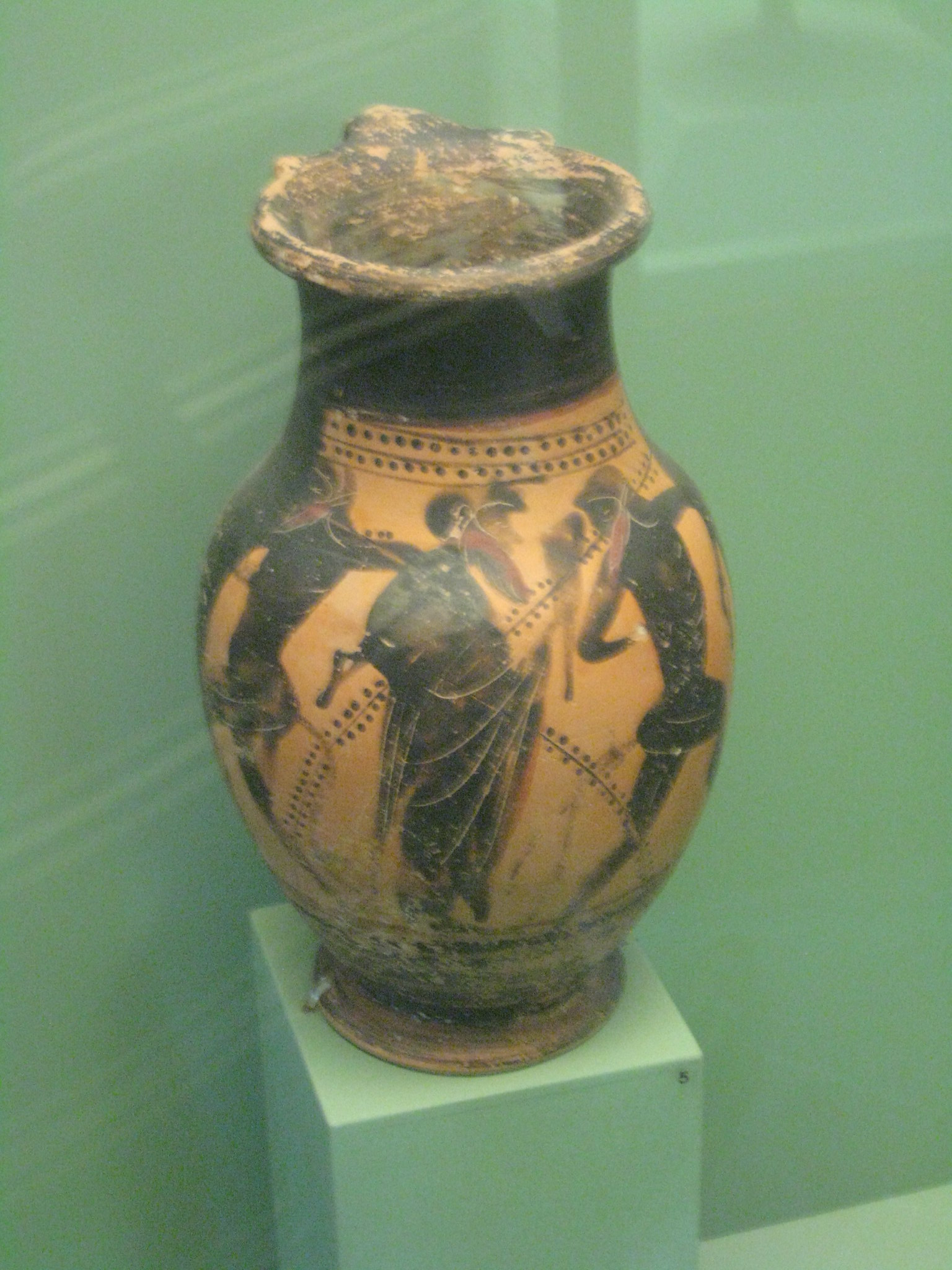To Plato the general philosophical principle behind all art was Mimesis, that is art including poetry and theatre was an imitation or a representation of reality, not reality itself, but an illusion, a mirror of something else and therefore deceptive. Both Greek tragic theatre and comedy or drama were serious examples of Mimesis. Playwrights were in the widest sense poets. In the Republic and his other works Plato wrote that he thought that theatre and poetry corrupted the minds and disrupted the education of the children of the guardians, those intended or destined in the next generation to become the rulers of his ideal or perfect city state,
Kallipolis, because what they were presented with was not the truth, but an illusion of the truth. Theatre and poetry were political and therefore dangerous. Poetry and theatre appealed directly to the emotions of the mob in the theatre or
agora. Poetry was therefore to be banned in Plato's
beautiful city, and, in order to protect the people, poets [including playwrights] were to be banished, and sent into exile.
Plato explains his concept of
imitation in art as follows. In the
Republic in Chapter X he describes three states for an object. for example, a hammer:
1. The ideal object, the perfect hammer, one perceived in the mind.
2. The hammer made by an artificer, ready for use. The perceiver of the ideal hammer can tell the artificer exactly he wants, which the artificer will try to make for him. Once made it will function and serve its purpose. It has use. It is not the perfect hammer, but can if well made comes close to the ideal.
3. A painter paints a picture of a hammer, creates an image of it. This is
Imitation. The imitated object has no real use as a hammer. It is but a very poor representation of the original ideal or perfect hammer. Such is the nature of Imitation. The image of a hammer is thrice removed from the state of the ideal hammer
Poetry and Drama are
imitative of the ideas they represent.
The ruler of
Kallipolis, Plato's ideal city state,
Plato's political Utopia, was the philosopher-king. His role was to ensure justice for all.
In Books III and X of the Republic, Plato deals with the problem of poets. He deduces that they are imitators of the world, and therefore far from the truth: “the tragic poet is an imitator, and therefore, like all other imitators, he is thrice removed from the king and from the truth.” Poets corrupt the youth and incite passions in them instead of the faculties of reason. The poet, by means of his words and phrases, is able to sweet-talk his listeners into believing that he knows what he is talking about. Poetry, including the narratives of others’ lives, appeals to the emotions; it “feeds and waters the passions instead of drying them up; she lets them rule, although they ought to be controlled, if mankind are ever to increase in happiness and virtue.”
In Book X of the Republic, Plato determines that poets have to be sent into exile, well away from his ideal society, Kallipolis. If poetry, however, manages to create “a defence for herself in a lyrical or some other meter,” she may be allowed to come back from exile." Poetry must prove that she has the quality of being useful to a well-ordered State as well as to human life. The king will listen kindly to her case if poetry and her poet can prove this is possible.
References
Plato and his dialogues : by Bernard SUZANNEPlato_essentials [PDF]
Matthew Potolsky (2006). Mimesis. Routledge. pp. 33–. ISBN 978-1-135-99605-5.
.
Richard Kraut (2000). Plato's Republic: Critical Essays. Rowman & Littlefield Publishers. pp. 61–. ISBN 978-0-585-07155-8.
Elizabeth Atkins (2010). The Poet's Poet: Essays on the Character and Mission of the Poet as Interpreted in English Verse of the Last One Hundred and Fifty Years. pubOne info LLC. pp. 317–. ISBN 978-2-8199-0943-9.
The Alleged Fascism of Plato
H. B. Acton
Philosophy
Vol. 13, No. 51 (Jul., 1938), pp. 302-312
Published by: Cambridge University Press on behalf of Royal Institute of Philosophy
Stable URL:
http://www.jstor.org/stable/3746128
Plato's Banishment of Poetry
Morriss Henry Partee
The Journal of Aesthetics and Art Criticism
Vol. 29, No. 2 (Winter, 1970), pp. 209-222
Published by: Wiley on behalf of The American Society for Aesthetics
Article DOI: 10.2307/428602
Stable URL:
http://www.jstor.org/stable/428602
Plato and the Politics of Aristotle's "Poetics"
Elliot Bartky
The Review of Politics
Vol. 54, No. 4, Special Sesquicentennial Issue (Autumn, 1992), pp. 589-619
Published by: Cambridge University Press for the University of Notre Dame du lac on behalf of Review of Politics
Stable URL:
http://www.jstor.org/stable/1407670

.jpg)







